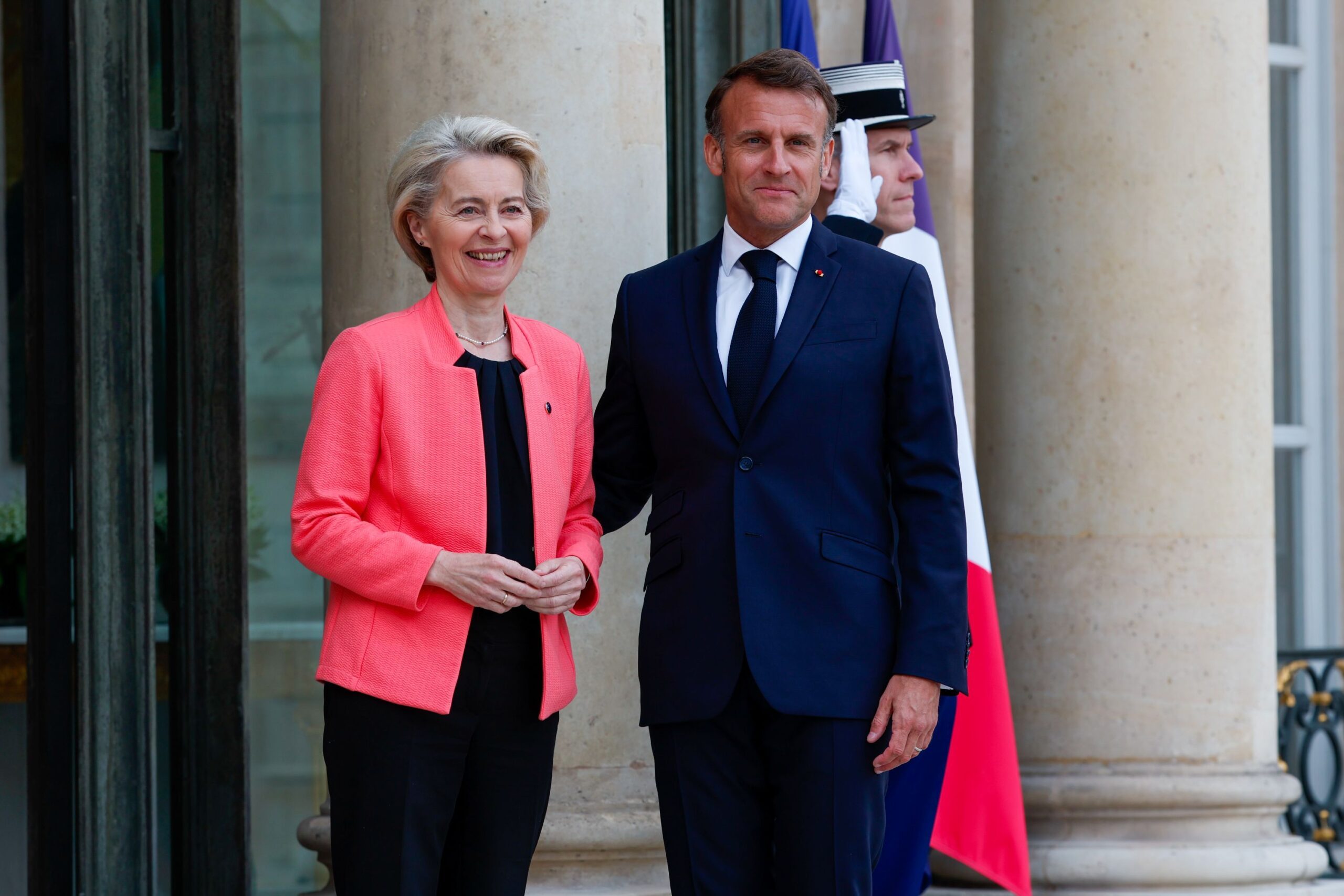The European Commission has launched a new initiative to attract researchers and scientists to the European Union—especially those from the United States. The Choose Europe for Science program, backed with more than half a billion dollars, is designed to offer an alternative to researchers who have been forced to seek new opportunities following cuts in scientific funding imposed by President Donald Trump’s administration.
The program will invest €500 million ($568 million) between 2025 and 2027 to recruit specialists in various fields of knowledge to come and work in Europe. The initiative also includes a target for member states to allocate 3 percent of their GDP to R&D projects by 2030.
“The role of science in today’s world is questioned,” warned Ursula von der Leyen, president of the European Commission, in a statement on Tuesday. “What a gigantic miscalculation. I believe that science holds the key to our future here in Europe. Without it, we simply cannot address today’s global challenges—from health to new tech, from climate to oceans.”
The plan, originally proposed by the French government, also proposes creating long-term “super grants” for outstanding researchers, to provide them with financial stability; these would last for seven years. The program also plans to double the amount of financial support available this year for those who decide to move to the European Union.
“Europe will always choose science,” said Von der Leyen. “Europe has everything that is needed for science to thrive: We have the stable and sustained investment; we have the infrastructure; we have the commitment to open and collaborative science, we have a social market economy that delivers access to good schools, education, and health care for all.” However, she acknowledged that scientists in the EU still face more complex bureaucracy compared to other regions of the world.
“We know that the path from fundamental research to business and to market is not straightforward or fast enough here in Europe,” she said. In this regard, she announced that the bloc will introduce a new European Research Area Act, to enshrine in law the right for knowledge and data to move freely within the bloc and so strengthen research freedom.
According to figures from the European Commission, 2 million researchers are currently working on the continent, which represents a quarter of the global total. Von der Leyen also highlighted that the EU manages the largest international research program: Horizon Europe, with an annual budget of more than €95 billion. This funding has supported 33 Nobel Prize winners over the past four decades.
“We want Europe to be a leader in priority technologies from AI to quantum, from space, semiconductors, and microelectronics to digital health, genomics, and biotechnology. We want scientists, researchers, academics and highly skilled workers to choose Europe,” Von der Leyen concluded.
Europe Wants to Win Over US Researchers
President Trump’s proposed budget for the 2026 fiscal year outlines deep cuts to US scientific agencies. If enacted, it would see the National Science Foundation budget cut by 56 percent, while the budget for the National Institutes of Health (NIH) would fall by roughly 40 percent. This would follow the large number of funding withdrawals and stop-work orders that have already been made since Trump’s inauguration in January.
In March, the US government canceled more than 200 federal grants for research on HIV. It also reduced NIH funding for Covid-related studies, and imposed a $400F million cut in funding to Columbia University, in retaliation for pro-Palestinian protests on its campus amid the conflict with Israel. In April, an NIH facility tasked with studying Ebola and other infectious diseases was ordered to stop research.
These decisions, together with concerns about future funding cuts, have led to an exodus of researchers from the United States, with scientists now seeking to continue their careers outside of the country. An analysis published in Nature found that 75 percent of American scientists surveyed were considering leaving the country. Meanwhile, data from Nature Careers, a global scientific employment platform, reveals that between January and March of this year, American professionals sent 32 percent more applications to foreign institutions compared to the same period in 2024. Furthermore, the number of American users exploring opportunities outside the country increased by 35 percent.
At the same time, international interest in working in the United States has declined significantly. During the first quarter of the year, applications from scientists from Canada, China, and Europe to US research centers fell by 13 percent, 39 percent, and 41 percent, respectively.
Against this backdrop, European institutions have intensified their efforts to attract US talent. Aix-Marseille University, in France, recently launched A Safe Place for Science, a program aimed at hosting US researchers dismissed, censored, or limited by Trump’s policies. This project is backed with an investment of approximately €15 million.
Along the same lines, the Max Planck Society in Germany has announced the creation of the Max Planck Transatlantic Program, whose purpose is to establish joint research centers with US institutions. “Outstanding investigators who have to leave the US, we will consider for director positions,” the society’s director Patrick Cramer said in speech discussing the program.
Spain Seeks a Leading Role
Juan Cruz Cigudosa, Spain’s secretary of state for science, innovation, and universities, has stressed that Spain is also actively involved in attracting global scientific talent, and is prioritizing areas such as quantum biotechnology, artificial intelligence, advanced materials, and semiconductors, as well as anything that strengthens the country’s technological sovereignty.
To achieve this, the government of Pedro Sánchez has strengthened existing programs. The ATRAE program—which aims to entice established researchers into bringing their work to Spain—has been reinforced with €45 million to recruit scientists who are leaders in strategic fields, with a special focus on US experts who feel “looked down upon.” This program is offering additional funding of €200,000 euros per project to those selected from the United States.
Similarly, the Ramón y Cajal program—created 25 years ago to further the careers of young scientists—has increased its funding by 150 percent since 2018, allowing for 500 researchers to be funded per year, of which 30 percent are foreigners.
“We are going to intensify efforts to attract talent from the United States. We want them to come to do the best science possible, free of ideological restrictions. Scientific and technological knowledge make us a better country, because it generates shared prosperity and a vision of the future,” said Cigudosa in a statement to the Spanish international news agency EFE after the announcement of the Choose Europe for Science program.
This story originally appeared on WIRED en Español and has been translated from Spanish.




